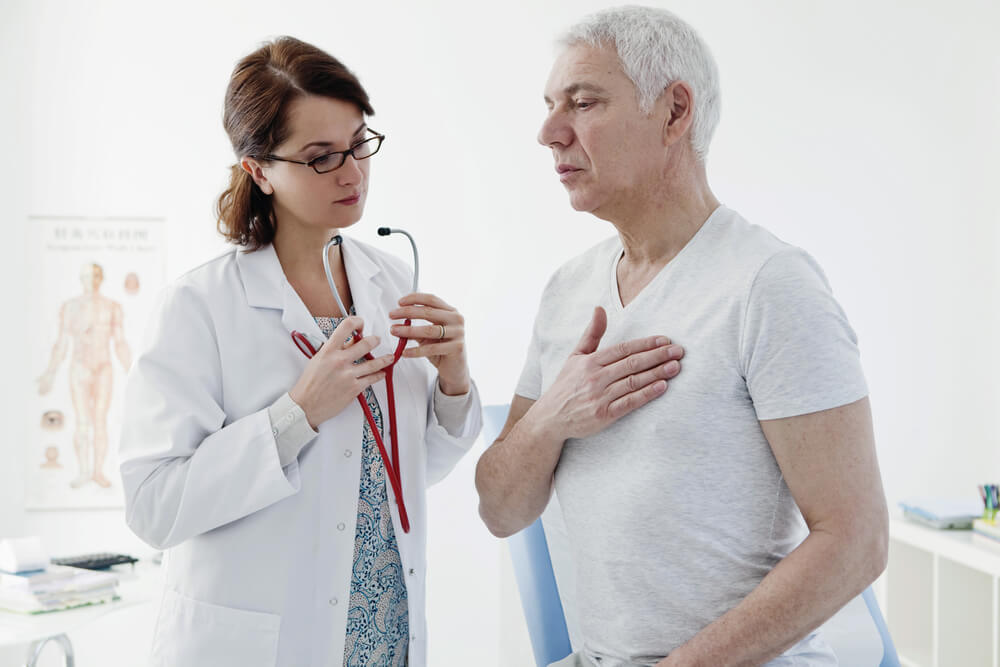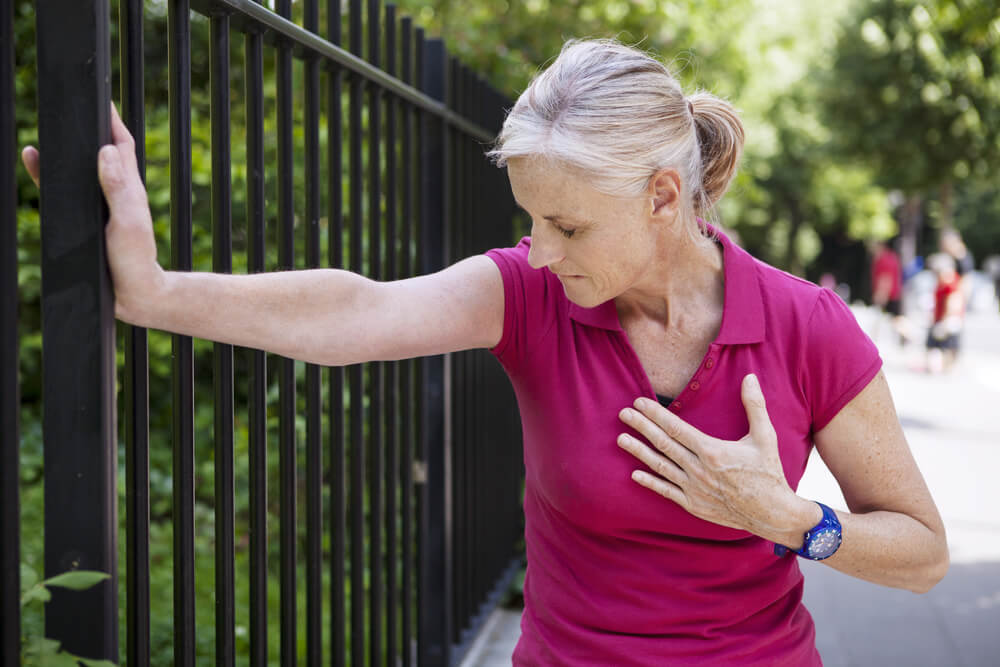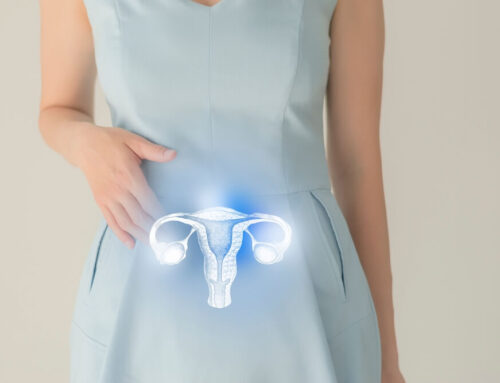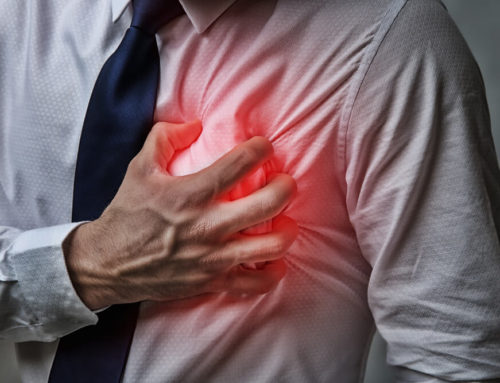In the simplest terms, angina is a term used by the medical community that refers to chest pain due to poor blood flow to the heart. For the most part, stable angina will happen during exertion, exercise, or other demanding physical activity that will usually dissipate when the person finally rests. On the other hand, unstable angina is a condition that will happen during rest or can be triggered by even little physical activity.
To make matters worse, stable angina can even develop into unstable angina and may occur without any apparent trigger or warning. In this article, Ivan Carreras, MD, and his expert staff at Carreras Medical Center will explore the differences when it comes to stable vs. unstable angina, talking about essential terminologies such as vasoconstriction and vasodilation. Ultimately, we will also discuss unstable angina treatment and other options that can improve cardiovascular issues.
Stable vs. Unstable Angina
When chest pain occurs during specific situations, such as exercise, the medical community refers to it as stable angina. This type of chest pain is the most common type of angina; for the most part, treatment will only include rest. In more advanced cases, medications may be needed, such as nitroglycerin.
On the other hand, chest pain or angina may also occur without any apparent triggers, even when the patient is resting. This is what the medical community calls unstable angina. This is considered more serious, and in some cases, it can be an early sign of a heart attack. Regarding unstable angina treatments, rest may not always be effective.
Unstable angina is also called acute coronary syndrome in the medical community, which is the same term doctors use to define heart attacks. More specifically, acute coronary syndrome describes a group of conditions and medical issues that can restrict or suddenly stop the blood flow to the heart.
To help you better understand the stable vs. unstable angina topic, here are a few comparative facts:
Stable Angina
- The pain won’t last longer than a few minutes or seconds and will go away with rest.
- The most common triggers are physical activity, heavy meals, extreme temperatures, and emotional stress.
- Usually, nitroglycerin and rest are enough to relieve symptoms within five minutes or less.
- The pain often feels that it may spread to the surrounding areas, such as the jaw, neck, or even other body parts, such as the back and arms.
- In some cases, patients may describe the feeling as indigestion or heartburn.
Unstable Angina
- The pain will linger for longer than a few minutes.
- Unstable angina may also develop when you are resting.
- Rest and nitroglycerin are ineffective in remedying the issue.
- The onset is sudden and often comes as a “new type of chest pain” when it first occurs.
- The symptoms and the pain may worsen progressively, especially at night.

Symptoms of Unstable Angina
For the most part, the main difference in terms of stable vs. unstable angina depends on when the symptoms occur. While both conditions will trigger chest pressure and pain, unstable angina symptoms will usually happen when the patient isn’t experiencing any kind of physical or emotional stress.
The onset of the pain is usually quick and sudden, progressively worsening over time (approximately 15 to 20 minutes). On the other hand, unstable angina may produce the following symptoms:
- Chest pain that won’t respond to treatment options such as nitroglycerin
- Shortness of breath
- A decrease in blood pressure when chest pain appears
Typically, the condition is more prevalent in males, even though it becomes more common in women as they age.
Here are the most common risk factors for unstable angina:
- Diabetes
- High or abnormal cholesterol levels
- Hypertension
- Obesity
- Family history of heart problems
- Smoking
- Leading a sedentary lifestyle
Stable and Unstable Angina Treatment Options
If you are experiencing a sudden onset of unexplained chest pressure and pain, the first thing should be seeking emergency medical attention by contacting 911, as sudden chest pressure or pain may be clear indicators of a heart attack.
In case this happens, it’s imperative that you inform the medical responders if you have been previously diagnosed with unstable angina. Sharing this information can be vital and allows the providers to give you the best treatment for your symptoms.
Regarding concrete unstable angina treatment options, healthcare providers will usually prescribe medication to prevent blood clot formation and reduce the risk of strokes or heart attacks.
As such, low-dose aspirin, blood-thinning medication injections, and clopidogrel may be recommended.
In other cases, surgery may be recommended, especially when the patient is at high risk of having another angina attack, stroke, or heart attack.
Generally, providers will opt for two different types of surgery:
- CABG, or coronary artery bypass, is when a section of a blood vessel is taken from another area of the body. Then, experts use the vessel to reroute the blood around the problematic artery section.
- Coronary angioplasty and stent insertion in which the narrowed artery section is widened with a stent or a tiny tube.
When it comes to stable angina, you should closely examine the events that triggered the pain, how long it lasted, and what helped ease the symptoms.
Always follow your doctor’s instructions when chest pain occurs. If these episodes become more frequent, last longer, become more severe, and occur even without exercise, tell your doctor immediately, as you may need treatment adjustments, further testing, or even a new treatment regimen altogether.

Unstable Angina: Causes
Typically, unstable angina develops when blood clots block an artery leading to the heart. The clots can continuously start and dissolve. Each time someone experiences unstable angina symptoms, it might mean that a newly formed clot is blocking the blood’s way into the artery.
Vasodilation vs. Vasoconstriction
When people become physically active or experience a stressful event, the sympathetic nervous system triggers a fight-or-flight response. Once this happens, the blood vessels will shrink (this is vasoconstriction).
Conversely, when people are relaxed, like at home watching TV, vasodilation happens when digestion and rest are activated.
In the case of CAD or coronary artery disease, there is increased plaque building in the blood vessel’s lining (due to high cholesterol) which may cause the passageways to constrict.
Monitoring Any Changes Is Pivotal
As mentioned above, stable angina will usually occur as a result of physical exertion, such as exercise. The symptoms are triggered by extortion and will usually subside with simple rest or nitroglycerin.
On the other hand, unstable angina is chest pain that can happen without any extortion, even during rest. Symptoms also won’t resolve over time and may get progressively worse.
Needless to say, the latter condition may signal more severe problems lurking in the background and may grant a visit to your provider.
That said, if you’d like to learn more about the condition and explore more possible treatment options, feel free to reach out to us today. Our friendly experts are more than ready to assist you.







